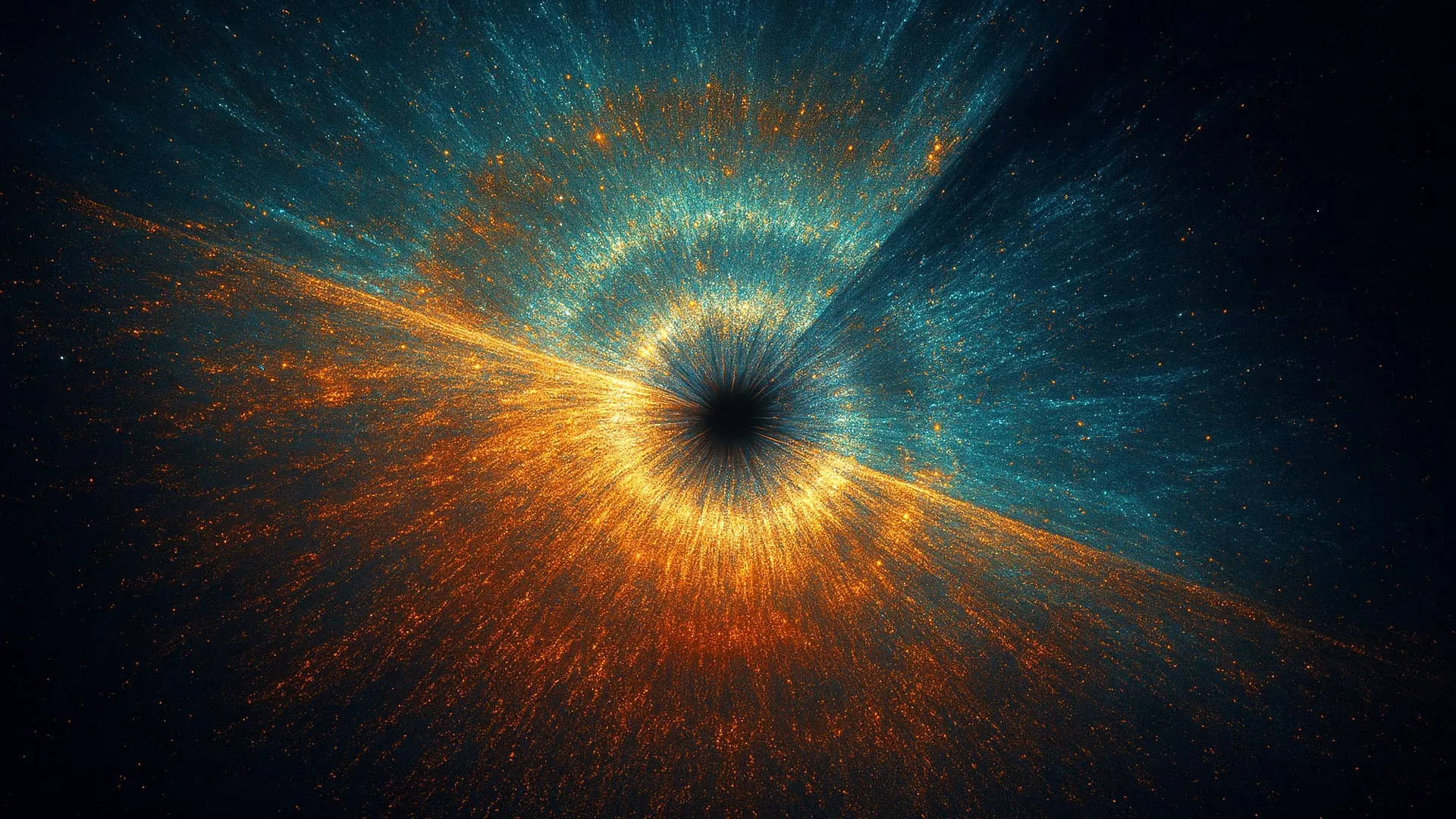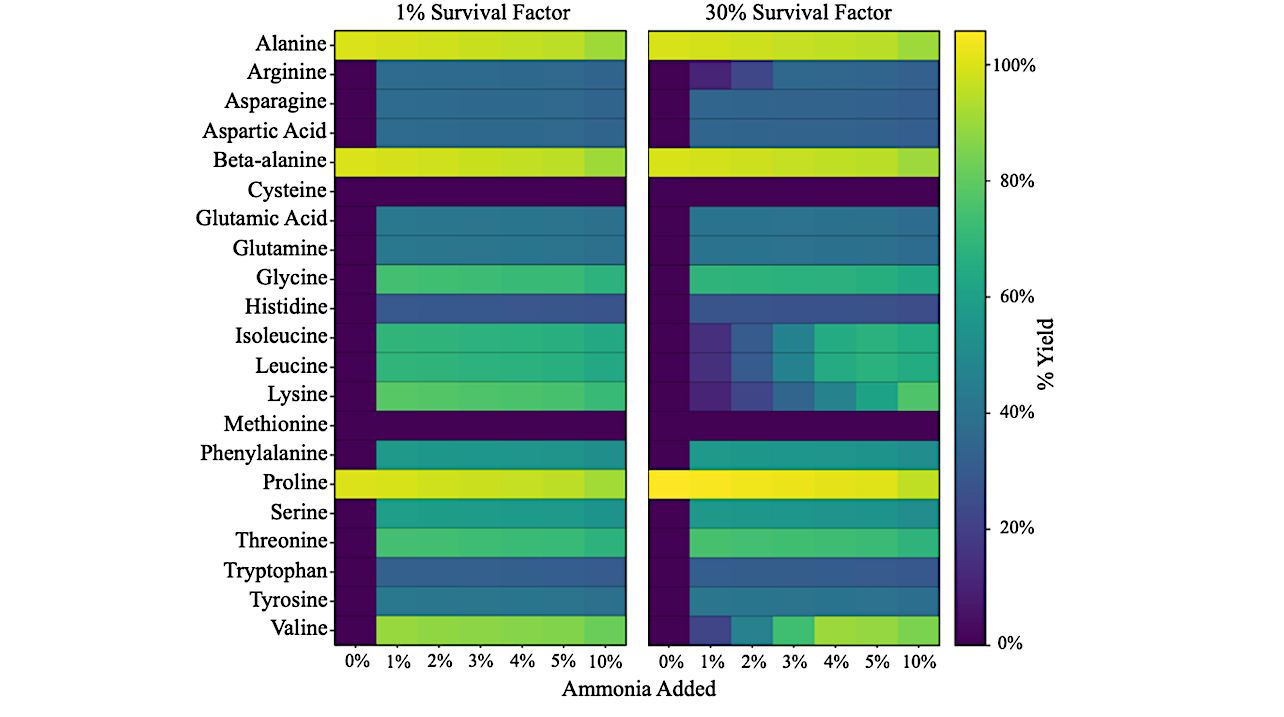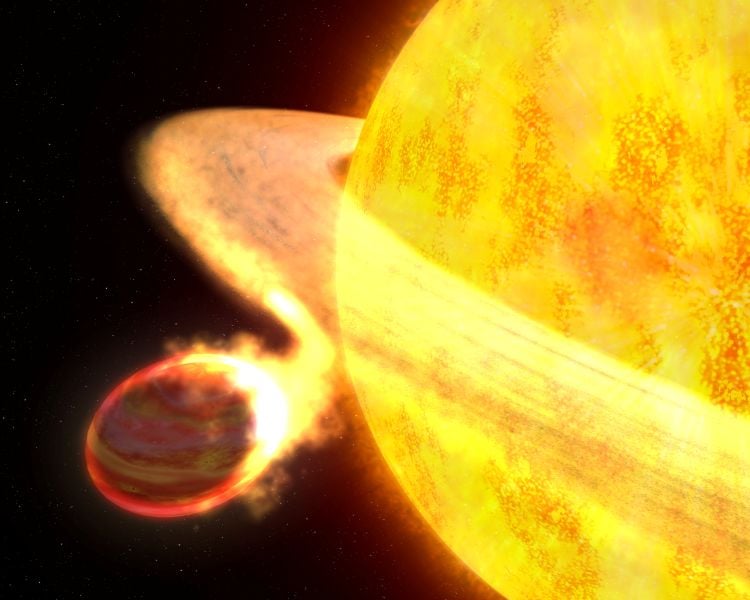Researchers from the Université de Genève have made significant strides in understanding dark matter, revealing that it may behave according to the same physical laws as ordinary matter. Their findings, published in the journal Nature Communications, indicate that dark matter, although invisible, appears to move through cosmic gravity wells in a manner similar to visible matter.
The study aimed to investigate whether dark matter is influenced by the same forces that govern ordinary matter, such as gravity, electromagnetism, and the strong and weak forces. By analyzing the way galaxies move through gravitational wells, the researchers sought to determine if dark matter acts according to familiar physical principles or if it is affected by an unidentified fifth force.
Investigating Dark Matter’s Behavior
The research team compared the velocities of galaxies across the universe with the depths of gravitational wells. These wells are formed by massive objects that distort space. According to Camille Bonvin, an associate professor in the Department of Theoretical Physics at UNIGE and co-author of the study, the goal was to assess whether dark matter sinks into these wells like ordinary matter does.
“If dark matter is not subject to a fifth force, then galaxies—primarily composed of dark matter—will fall into these wells governed solely by gravity,” Bonvin explained. “If a fifth force does influence dark matter, it would alter the galaxies’ motion.”
By correlating the depths of gravitational wells with the velocities of galaxies, the researchers tested for any signs of such a force.
Findings and Future Directions
The study’s findings suggest that dark matter follows the same patterns described by Euler’s equations, which govern the motion of fluids and other materials. The researchers concluded that dark matter behaves in a manner consistent with ordinary matter, indicating that it adheres to established physical laws.
Despite this, Nastassia Grimm, the study’s first author and a former postdoctoral researcher at UNIGE, emphasized that the existence of a fifth force cannot be entirely ruled out. “If such a force exists, it must be weaker than 7% of the strength of gravity,” she noted, as anything stronger would have already been detected in their analyses.
The implications of these findings are profound. Dark matter is believed to constitute approximately five times more mass in the universe than ordinary matter. Understanding its behavior is crucial for cosmology and our overall grasp of the universe’s structure.
Looking ahead, researchers are eager to explore the potential existence of a fifth force further. Upcoming experiments, such as the Legacy Survey of Space and Time (LSST) and the Dark Energy Spectroscopic Instrument (DESI), are expected to provide new data sensitive to forces as weak as 2% of gravity. This could lead to deeper insights into the nature of dark matter and its role in the cosmos.
As scientists continue to investigate these cosmic mysteries, the findings from the University of Geneva represent a significant step toward unraveling the complexities of dark matter and its interactions within the universe.







